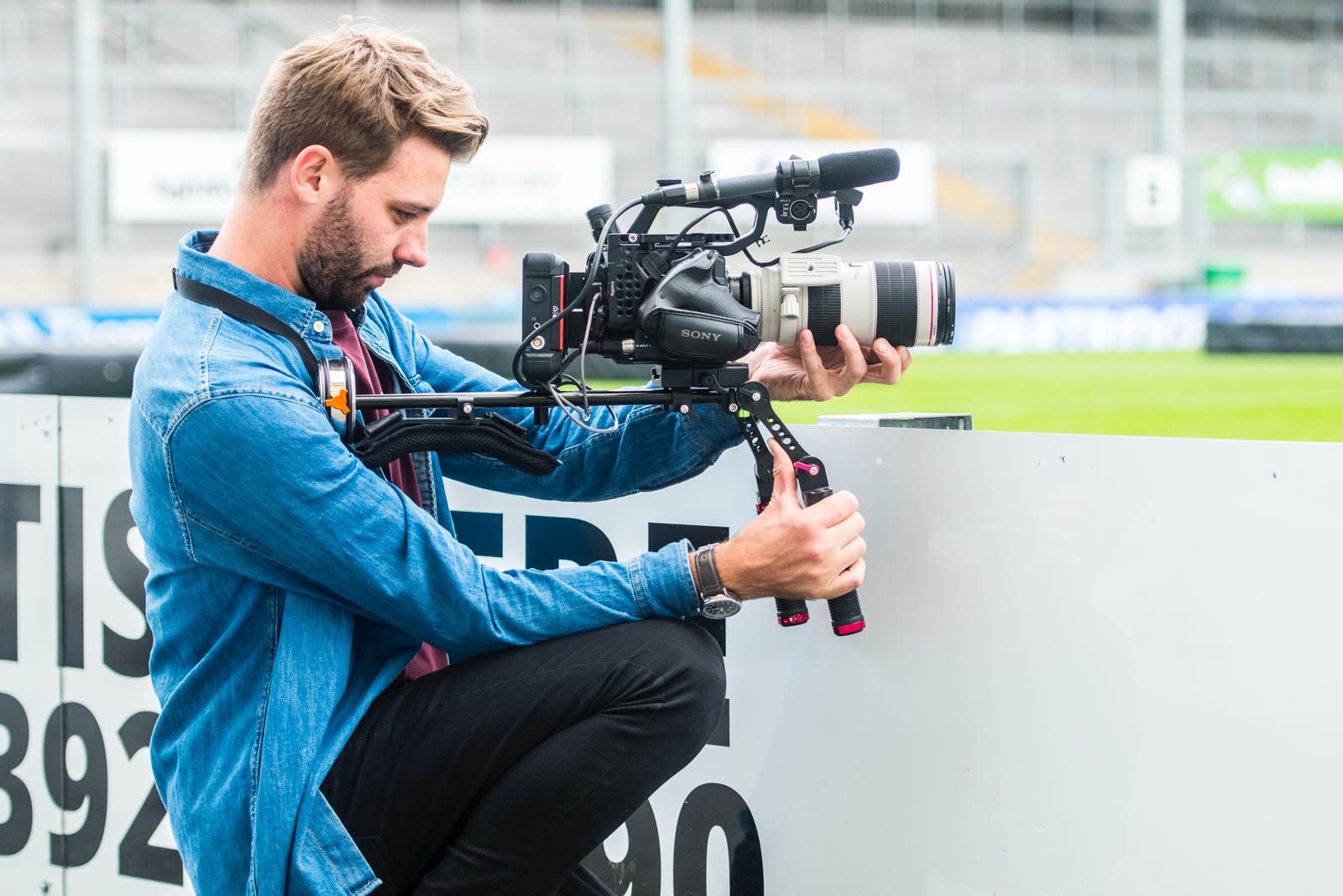You may have heard the terms ‘online editing’ and ‘offline editing’ but what is the difference between the two? The first thing to note is that these terms don’t refer to being connected to the internet (or not), but are terms leftover from a time when part of the editing process involved manually cutting and arranging celluloid film.
Today, now that everything is digitised and the entire editing process happens on a computer, these terms refer to two distinct stages of post-production. Here we’ll run through the difference between online and offline editing in some more detail.
What is offline editing?
Today, offline editing refers to the first stage of the editing process, where the goal is to create a ‘draft cut’. This stage of the editing process uses low-quality footage with which editors can work on determining the sequence of the shots, and the focus is on telling the story rather than polishing. At this stage, it is important to get the timing of the cuts right, as well as the pacing of the whole video.
The reason low-quality footage is used at this stage is that the file sizes of the video clips in full high-definition or 4K quality are massive, and the computer needs to use a lot of power to process these clips every time a change or edit is made to them. Working with lower-quality files allows the editor to work quicker and reduces the risk of a system crash.
The finished sequence from the offline editing process is converted into an EDL (edit decision list) complete with timecodes for all the cuts.
What is online editing?
The online stage of the editing process is all about creating a final cut and involves adding final touches using a high-quality version of the footage cut together. Editors begin with the EDL so that they know how the finished video is supposed to look in terms of cuts and pacing, but they use the full-quality footage and work on the details.
Even though the footage has been cut and assembled into a coherent narrative, the editor’s work is far from over. During this phase, the editors need to work on the various tasks that complement and enhance the story.
These tasks include sound editing, sound design, colour correction and colour grading, as well as any special effects or titles that need adding, which all contribute towards a polished finished product.
So, that’s the difference between online and offline editing in a nutshell. Traditionally, there would be editors dedicated to each stage of the process but, in recent times, the line between offline and online editing has become much more blurred, and many editors will perform responsibilities from both stages of the process, rather than being dedicated online or offline editors.
If you need professional assistance with any part of the editing process, or a video production project in general, get in touch with us, and see how we can help.
